Mercedes confirm step forward with W16 in ‘lacks vices’ analysis
04 Apr 2025 8:00 PM
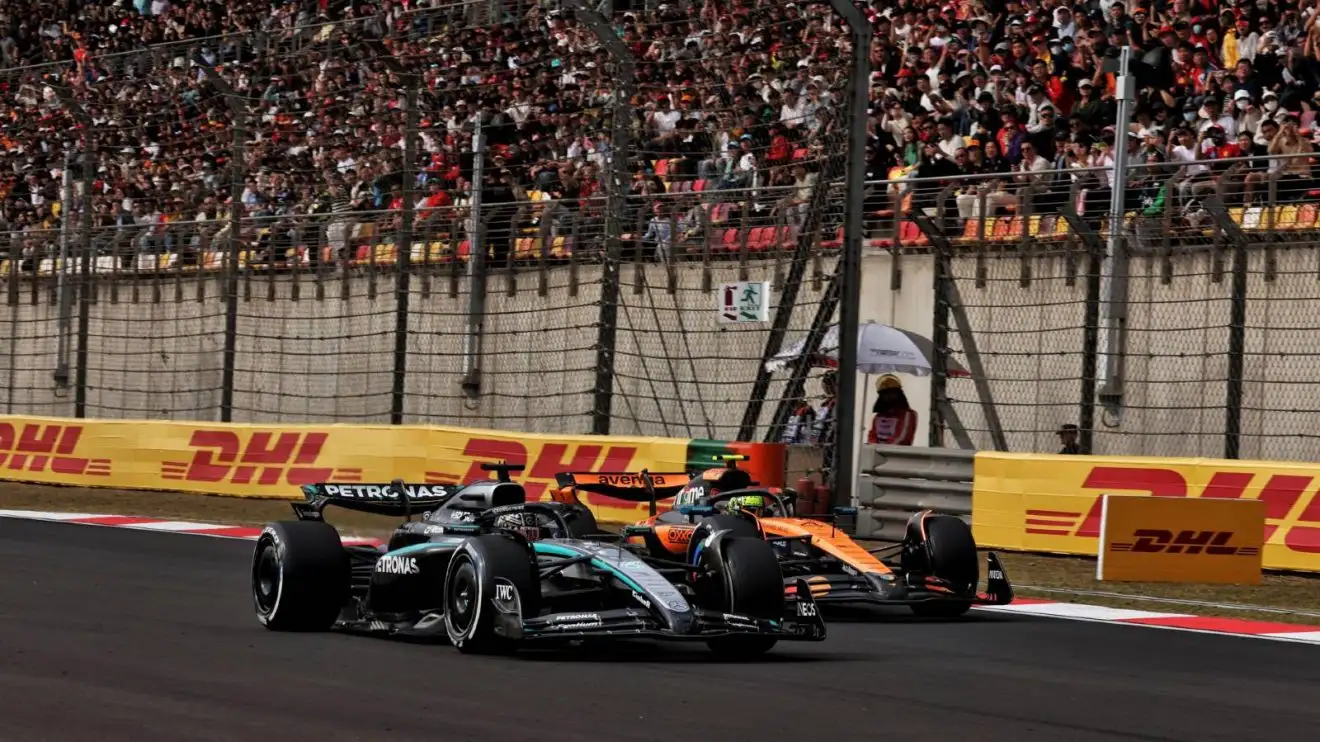
McLaren’s pace advantage over Mercedes is a hurdle to clear without the distraction of fixing handling issues with Mercedes’ W16…
Mercedes’ Andrew Shovlin has revealed the team’s W16 lacks the “vices” of other recent cars created at Brackley.
The Mercedes W16 has started life in positive fashion, claiming third and fourth in Australia and followed up with a third and sixth in China as George Russell and Kimi Antonelli delivered strong results in the first two races of the year.
Andrew Shovlin: Mercedes W16 lacks vices of recent cars
The last few seasons have been somewhat difficult for Mercedes, with the Brackley-based squad’s competitiveness hit hard with the introduction of the ground-effect regulations in 2022.
In the first year of the current regulations, Mercedes had to battle against excessive bouncing, ‘porpoising’, and the difficulty in driving it in an optimal window meant the car claimed just one victory that season.
The path continued in 2023, where the team went without a win, with a change of direction embarked upon by the team as James Allison returned to the role of technical director in place of Mike Elliott.
Last year, the W15 proved fast on occasion and took several wins – occasionally being unbeatable against the likes of Red Bull’s RB20, Ferrari’s SF-24, and McLaren’s MCL38.
Into the final year of the regulations, Mercedes appear to have created a more malleable machine in the W16, with none of the inconsistencies or handling issues of recent years evident.
Speaking in the FIA press conference in Japan, Mercedes’ trackside engineering director Andrew Shovlin said it’s been reassuring to see how the new car has started at the beginning of a long 24-race championship.
“Well, it’s been a lot calmer than the last few years, mainly because the car is what we intended it to be,” he said.
“It hasn’t really got the vices that we’ve had in a couple of previous years. That’s down to doing good work over the winter, good work last year, to try and understand the problems.
“And, so far, we haven’t seen many circuits, but it’s worked well over the ones that we have and through a range of conditions. So, yeah, it’s good.
“There’s clearly a gap to McLaren we need to chip away at, but that looks more like just normal development race that we need to get stuck into rather than trying to get on top of any of these handling vices that we’ve had.”
More on the Japanese Grand Prix this weekend
👉 Japanese GP weather forecast: What will the weather be like in Suzuka?
👉 Japanese GP: Start times, schedule and how to watch
With Japan’s Suzuka circuit an aerodynamically demanding track, Shovlin said that the venue won’t provide the ultimate litmus test to gauge how good the W16 really is – next week’s Bahrain GP could be the real barometer to see how much progress the team has really made.
“There, you’ve got a rear-overheating circuit, and that was one of the things we’ve really struggled with,” he said.
“It’s another circuit and, from P1, the car looks to be working okay, but you’d also say that McLaren looks like the ones to beat. But the weekend has started OK, and we’ll see how it goes over the next few sessions.”
The British engineer explained that the improved W16 hasn’t come about due to new learning over the winter, but rather ensuring that the processes of evolving the car corresponded with the team’s level of understanding of existing foibles.
“I wouldn’t say we’ve really learned anything that we didn’t know halfway through last year,” he said.
“Where we’ve definitely done a better job is with the simulator work over the course of the winter, tracking the development of the car, making sure that the solutions we were bringing to balance problems were appropriate for the balance problems we’re going to end up with.
“That whole process has been much more together than we’ve had in recent years. There were no surprises with winter testing, and as we’re going through these early races, it’s encouraging that we’re seeing what we expect to see.
“There’s still work to do to catch McLaren, but that’ll just be the normal development work.”
Last season, George Russell was open about the fact that addressing one problem could introduce another unforeseen issue elsewhere, and Shovlin said understanding the effects of changes was pivotal in creating a more driveable machine.
“We would get a bit fixated on one thing, and then you might inadvertently introduce a new problem,” he said.
“But these regulations are quite difficult to make a car that’s nicely balanced over a range of circuits, a range of different corner speeds, and being in control of that through your development is the key.
“As you change one area, you can affect another. And it was really just about having much tighter control on that loop that meant the car that rolled out in Bahrain was what we were hoping to see.”
Read Next: Horner rubbishes engine mode theory in initial Tsunoda FP1 assessment
Andrew Shovlin



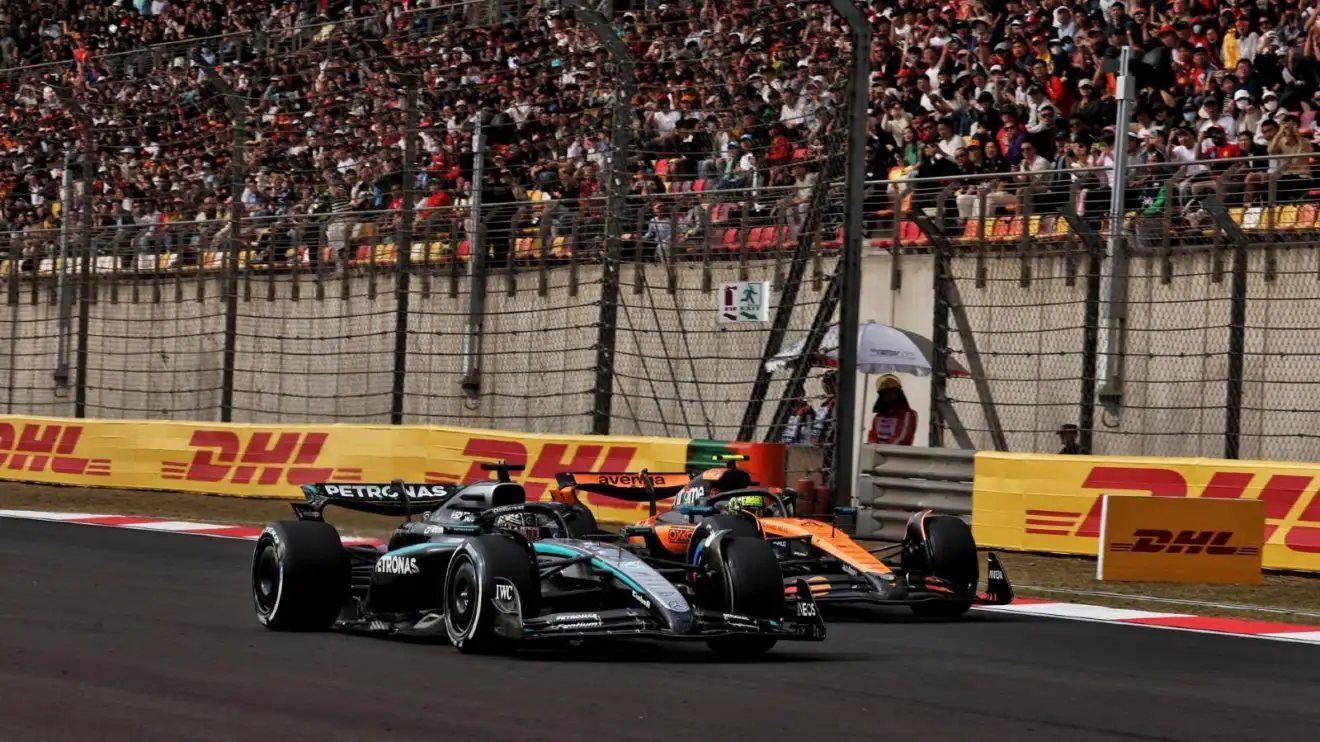
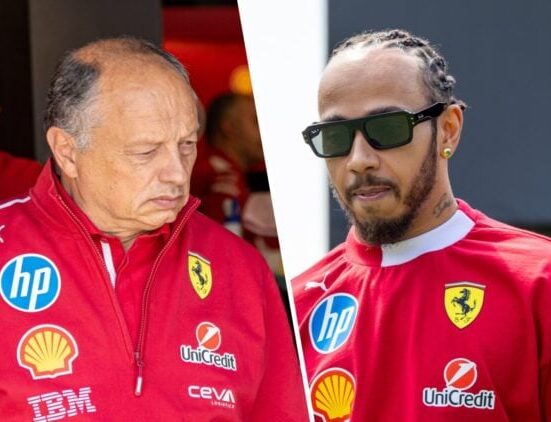
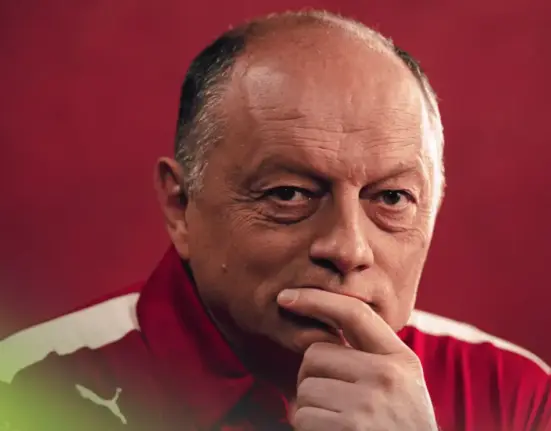

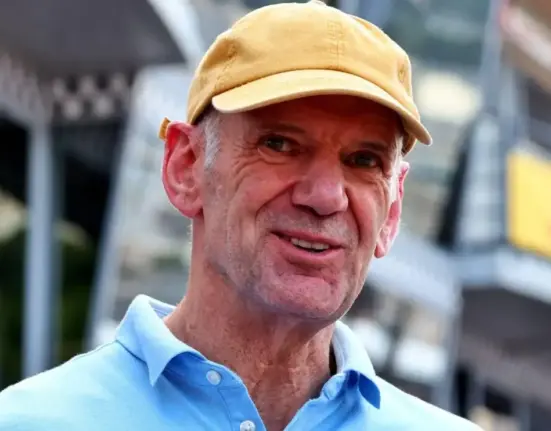
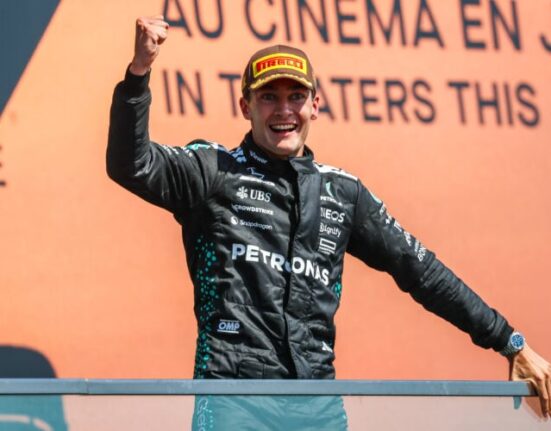

Leave feedback about this